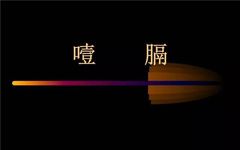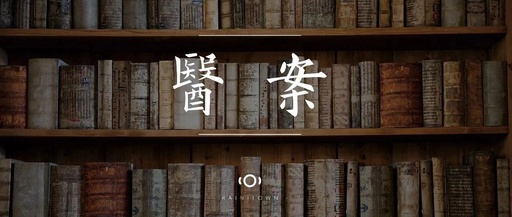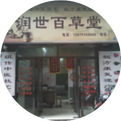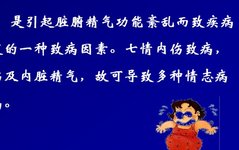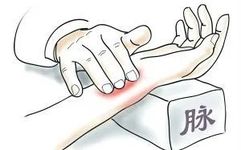Dysphagia: Five Methods to Alleviate Esophageal Obstruction
Dysphagia (噎膈, yē gé) is a condition characterized by difficulty swallowing due to dryness of the esophagus and narrowing of the esophagus and cardia, leading to food obstruction and, in severe cases, inability to swallow food into the stomach, with vomiting as the primary clinical manifestation. “Yē” refers to obstruction during swallowing, while “gé” indicates … Read more

